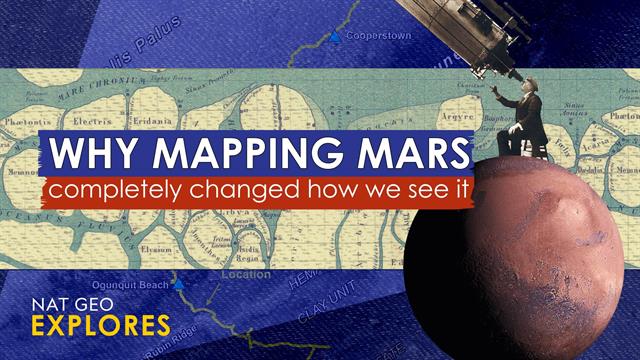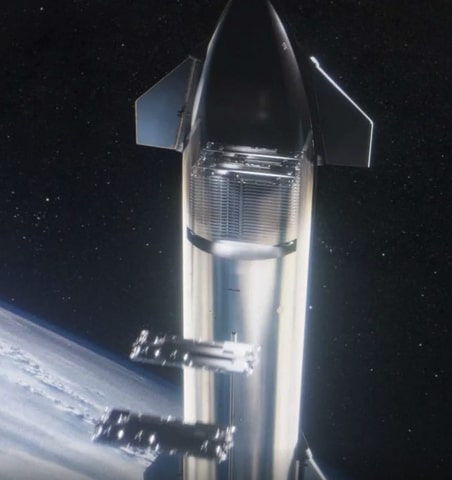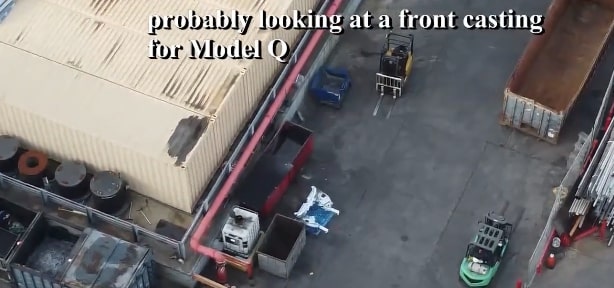From Rivalries To Reality: The History Of Mars Cartography And Its Impact

Welcome to your ultimate source for breaking news, trending updates, and in-depth stories from around the world. Whether it's politics, technology, entertainment, sports, or lifestyle, we bring you real-time updates that keep you informed and ahead of the curve.
Our team works tirelessly to ensure you never miss a moment. From the latest developments in global events to the most talked-about topics on social media, our news platform is designed to deliver accurate and timely information, all in one place.
Stay in the know and join thousands of readers who trust us for reliable, up-to-date content. Explore our expertly curated articles and dive deeper into the stories that matter to you. Visit NewsOneSMADCSTDO now and be part of the conversation. Don't miss out on the headlines that shape our world!
Table of Contents
From Rivalries to Reality: The History of Mars Cartography and its Impact
The red planet has captivated humanity for centuries, inspiring countless works of fiction and fueling ambitious scientific endeavors. But before we could dream of Martian colonies or even robotic rovers traversing its dusty plains, we needed maps. The history of Mars cartography is a fascinating journey, reflecting not only our growing understanding of the planet but also the scientific rivalries and technological leaps that shaped its exploration.
Early Days: Speculation and Telescopic Glimpses (17th-19th Centuries)
Early Martian maps were, understandably, highly speculative. Limited by the technology of the time, astronomers like Giovanni Schiaparelli relied on telescopic observations, leading to interpretations that, while inaccurate, fueled the popular imagination. Schiaparelli's famous "canali" (channels), later misinterpreted as artificial canals by Percival Lowell, spurred decades of debate and inspired fantastical tales of Martian civilizations. These early maps, though flawed, represented a crucial first step – the attempt to translate telescopic observations into a visual representation of an alien world. The inaccuracies, however, highlight the challenges of remote planetary observation and the importance of robust scientific methodology.
The Space Race and the Dawn of Accurate Cartography (20th Century)
The 20th century witnessed a dramatic shift. The Space Race between the United States and the Soviet Union propelled unprecedented advancements in space exploration technology. Flyby missions like Mariner 4 in 1965 provided the first close-up images of Mars, revolutionizing our understanding of its surface. These images, initially crude compared to modern standards, allowed for the creation of far more accurate maps than ever before. The subsequent Mariner and Viking missions, along with the Orbiter missions, provided a wealth of data, revealing the planet's diverse geological features – from massive volcanoes like Olympus Mons to the Valles Marineris canyon system. This era marked a transition from speculative cartography to data-driven mapmaking.
High-Resolution Imaging and the Digital Age (21st Century)
The 21st century has brought about an explosion in the quantity and quality of Martian data. Advanced orbiters like Mars Global Surveyor, Mars Odyssey, and the Mars Reconnaissance Orbiter (MRO) have provided high-resolution images and other crucial data, leading to increasingly detailed and sophisticated maps. These maps aren't just visual representations; they are complex digital datasets incorporating information about topography, mineralogy, and even subsurface structures. The use of sophisticated techniques like stereo imaging and laser altimetry has allowed scientists to create three-dimensional models of the Martian landscape with unprecedented accuracy.
The Impact of Martian Cartography:
The evolution of Mars cartography has had a profound impact on our understanding of the planet and its potential for past or present life. Accurate maps are essential for:
- Identifying landing sites for robotic missions: Careful selection of landing sites based on topographic and geological data ensures the success of missions like Curiosity and Perseverance.
- Planning rover traverses: Detailed maps guide the movements of rovers, allowing them to efficiently explore areas of scientific interest.
- Understanding Martian geology and climate history: High-resolution images and topographical data provide crucial insights into the planet's geological processes and its past climatic conditions.
- Searching for evidence of past or present life: Maps help identify regions with potential biosignatures, guiding the search for evidence of life beyond Earth.
The Future of Martian Cartography:
As exploration continues, Martian cartography will only become more refined. Future missions, including potential human expeditions, will require even more precise maps. The development of advanced sensor technologies, improved data processing techniques, and the integration of artificial intelligence will undoubtedly play a pivotal role in the future of mapping the red planet. The ongoing quest to understand Mars is intrinsically linked to our ability to create ever-more accurate and detailed maps of its captivating surface. From early speculations to the sophisticated digital models of today, the history of Mars cartography is a testament to human ingenuity and our enduring fascination with the cosmos.

Thank you for visiting our website, your trusted source for the latest updates and in-depth coverage on From Rivalries To Reality: The History Of Mars Cartography And Its Impact. We're committed to keeping you informed with timely and accurate information to meet your curiosity and needs.
If you have any questions, suggestions, or feedback, we'd love to hear from you. Your insights are valuable to us and help us improve to serve you better. Feel free to reach out through our contact page.
Don't forget to bookmark our website and check back regularly for the latest headlines and trending topics. See you next time, and thank you for being part of our growing community!
Featured Posts
-
 Lenovos Think Book 3 D Too Late To The Party A Thorough Analysis
Mar 04, 2025
Lenovos Think Book 3 D Too Late To The Party A Thorough Analysis
Mar 04, 2025 -
 Lancamento Catastrofico Rede Social Ve Criptomoeda Desvalorizar 98
Mar 04, 2025
Lancamento Catastrofico Rede Social Ve Criptomoeda Desvalorizar 98
Mar 04, 2025 -
 Space X Starlinks Growth 5 Million Users Next Gen V3 Satellites And Starship Reusability Plans
Mar 04, 2025
Space X Starlinks Growth 5 Million Users Next Gen V3 Satellites And Starship Reusability Plans
Mar 04, 2025 -
 Upcoming Sony Wh 1000 Xm 6 Headphones Leak Hints At Three Color Choices
Mar 04, 2025
Upcoming Sony Wh 1000 Xm 6 Headphones Leak Hints At Three Color Choices
Mar 04, 2025 -
 New Tesla Model Q Predictions For Casting Technology And Affordable Price
Mar 04, 2025
New Tesla Model Q Predictions For Casting Technology And Affordable Price
Mar 04, 2025
